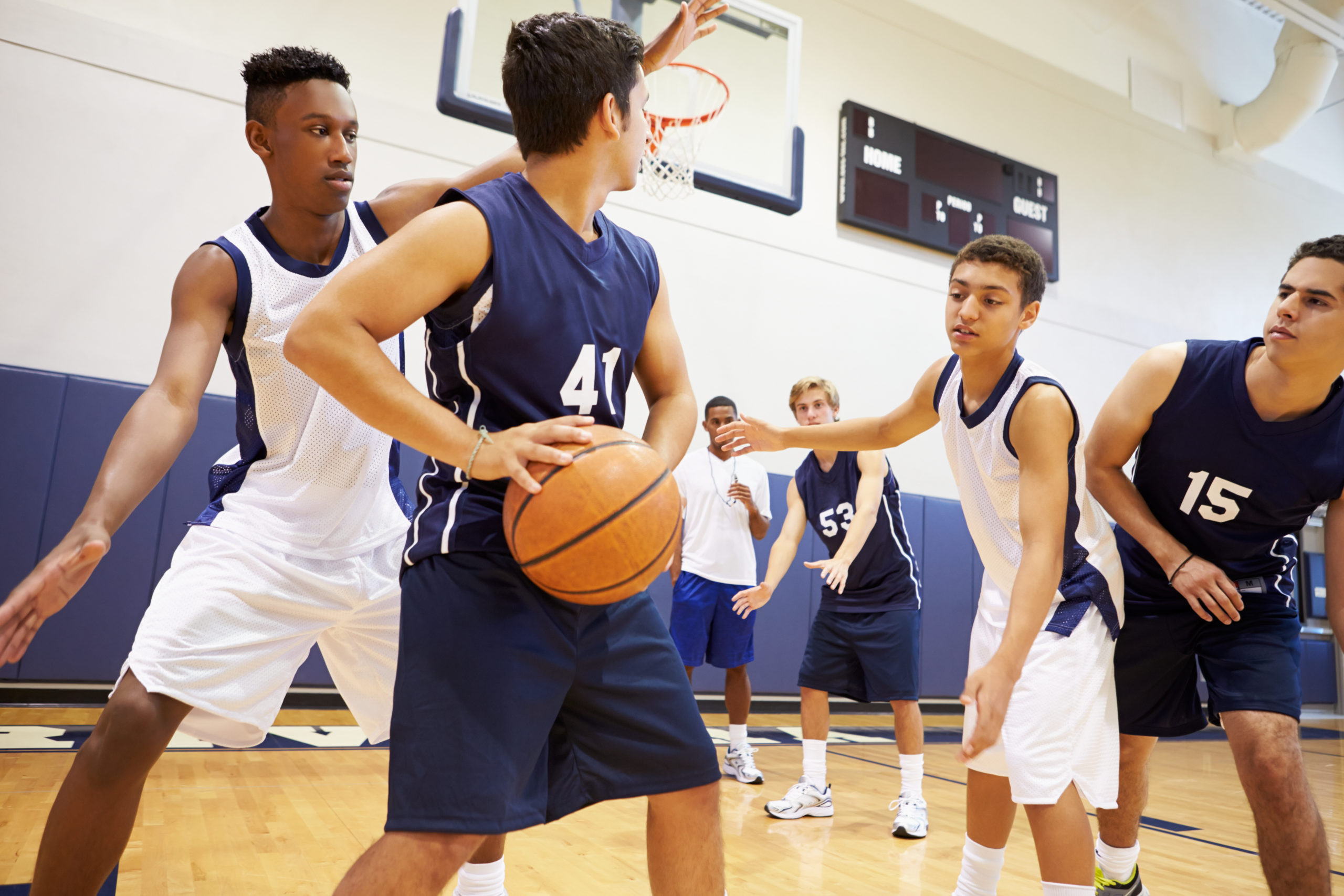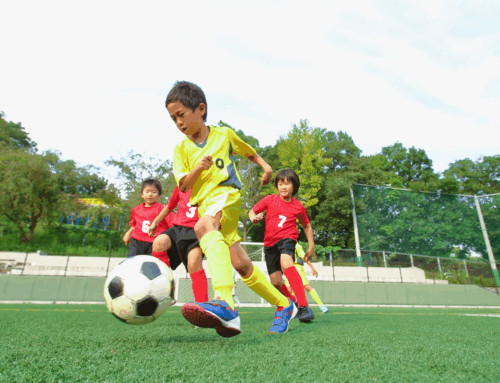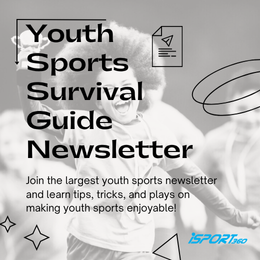Get our exclusive report. Download the iSport360 Club Switching Report Here – For Club Admins, Rec Leaders and Coaches.
For Coaches – 3 Coaching Tips for Tryouts
It is that time of the year when you are holding tryouts. It is stressful for players, parents, and coaches. After running tryouts for over 10 years, I thought I would provide some tips and tricks to help along the way.
The goal for my tryouts is always to provide a fair and objective process for players. That includes the prep going into tryouts. Over-communicating the process and rubric is key. This manages expectations for all involved.

Male High School Basketball Team Playing Game In Gymnasium
STEP 1 – Prep Before Tryouts:
Having qualitative and quantitative systems to measure play.
I like to measure players using quantifiable metrics like a run test or skill course that is timed. While these things are weighed less, they provide more depth to your tryout. This is easier to do at the scholastic level vs for a club tryout. The run test should be clear and easy to understand for a player so they can practice on their own before tryouts.
Develop a rubric or use the sports governing body rubric.
Make the rubric easy to understand and align what makes a great player. You do not want your rubric to have 20 areas of measurement. That overcomplicates the process and makes it hard to understand for the player. Focus on what is important to help the team win and develop players. Many of the youth sports governing bodies have rubrics and tips on what to look for. iSport360 works with the governing bodies of the 9 sports and has an objective measurement in place.
Communicate the rubric to players and parents.
I can’t stress this enough, make sure everyone involved knows the process of the tryout and the measurement that will be in place.
Have printed materials for coaches.
Probably doesn’t seem important but I usually bring 1 per coach and plenty of pens and pencils. Some coaches like to use their phones but I actually findwriting down scores and notes is faster and easier.
STEP 2 – During Tryouts:
Welcome everyone to tryouts.
Check everyone in and welcome them to tryouts. It is so important to have a friendly face for the players, this helps ease tension and makes people feel like they are welcome. You want the players to feel inclusive.
Use a unique identifier for each player.
Every player should be identified by a color pinny or number or both. This helps every coach during evaluations to easily identify the players they are measuring.
Provide a quick intro and expectations for the tryout.
While everyone is waiting to start, make sure that you review what will happen and when it will happen.
Manage your coaches.
Make sure your coaches are NOT all together chatting, each one should walk around to evaluate. This is important and allows coaches to make their decisions objectively. It also shows coaches being present and focusing on what is the most important job that day – evaluating players.
For bubble players, they are players that may be good enough to play on the highest level team or maybe need more time to “cook” on the next level team. Allow bubble players to play with higher-level players to see how they do. I usually ask myself can those players “hang” with the better group, or can they handle the higher pace of play.
STEP 3 – Post Tryout:
Communicate openly and quickly.
Make sure you communicate results when you say you will. If players will find out by Friday, make sure they receive a communication by Friday.
Be Transparent.
Players need to know what they did well and how they ranked against other players. It is ok to communicate that info but NEVER speak about another player. I allow players to ask where they rank across the teams so they can get an idea of how they did compared to others. However, under no circumstances do I tell them who is ahead or behind them.
Good luck!
iSport360 is the only app that does it all for youth sports. For more information on what we do, click here.
About the author:
Amy Masters is a sports mom, coach, and club administrator. She has been coaching youth sports for more than 10 years. She started Jr Lions Field Hockey, the youth recreation program for the Hunterdon County community growing it from 40 players in year 1 to 150 players by year 3. A few years later, she saw the love and competitiveness grow then started Omega Field Hockey Club serving NJ and PA players. Before coaching, she was a collegiate field hockey player for Lock Haven University. In her spare time (lol), she is head of marketing for iSport360 and the co-editor of the Youth Sports Survival Guide. The Youth Sports Survival Guide is the largest youth sports newsletter in the world.
Learn more or request a demo of our youth sports software that is helping teams improve communication, organization and player development.
February 10, 2024





